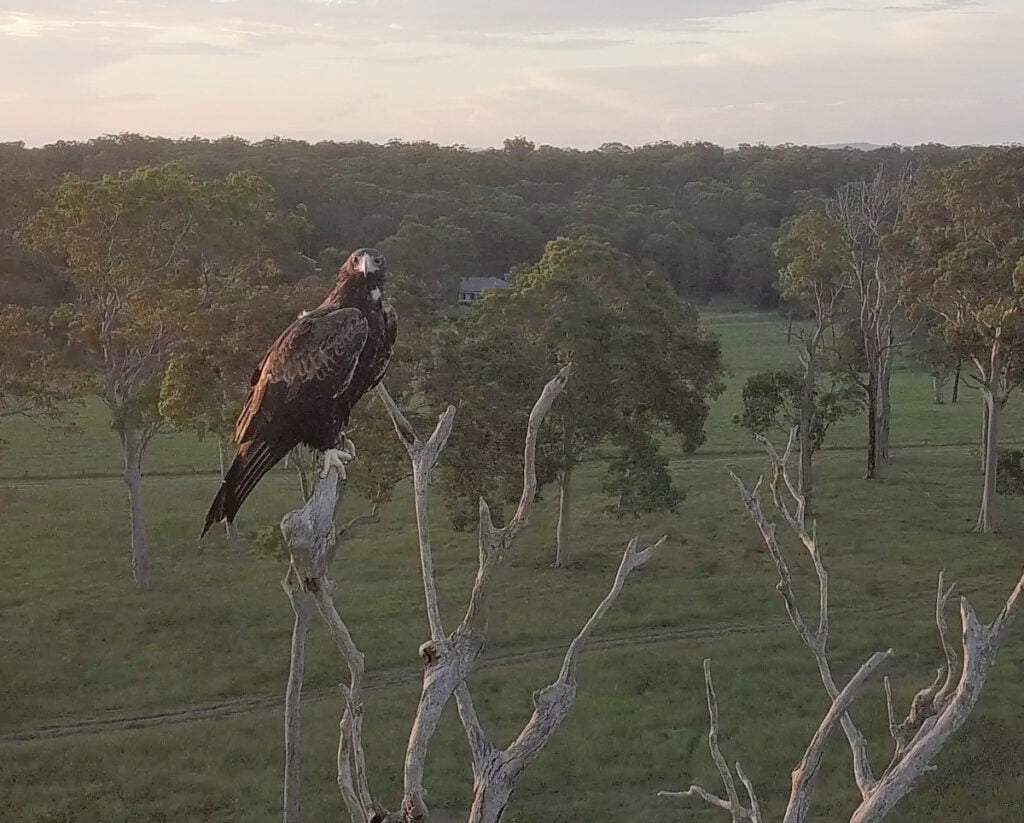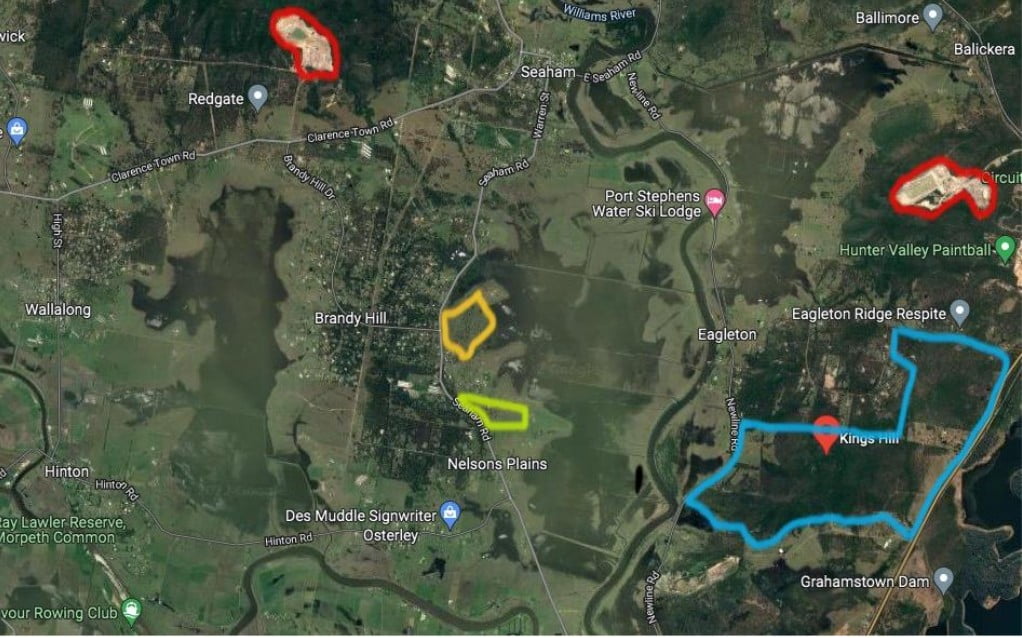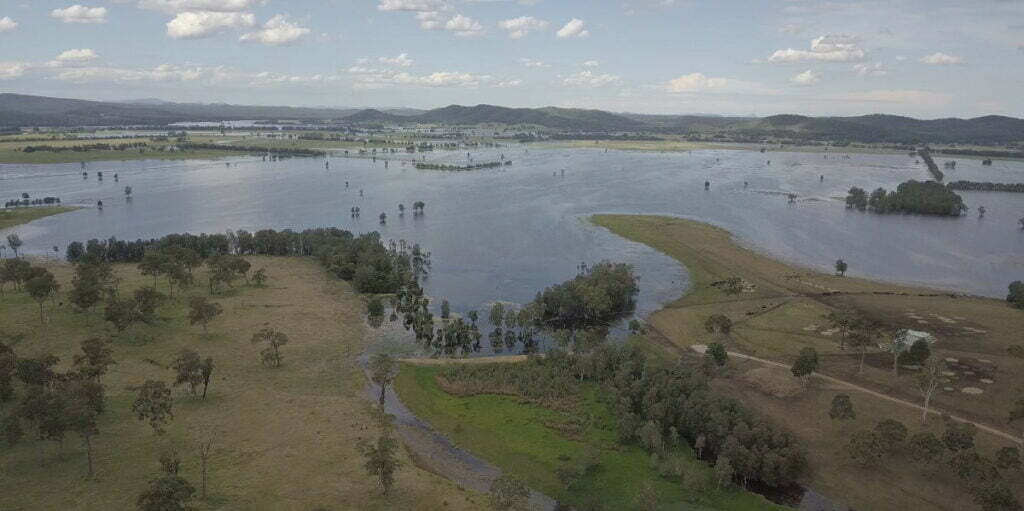Listen to the Voices of Wallalong and Woodville
Objection to rezoning proposal for 792 Seaham Road, March 2022.
By Margarete Ritchie, Vice-President VoWW

Members of Voice of Woodville and Wallalong (VoWW) continue to be faced with rezoning proposals in the areas around the Williams River floodplain in the western Port Stephens LGA. This latest submission comes hot on the heels of the previous one only a few weeks ago, with another one pending at 610 Seaham Rd. More and more farmland is being carved off into smaller lots making it possible for rezoning according to Council planning rules.
The main issues we outline in our submission deal with:
The value of the land which is proposed to be rezoned has not been diminished in the eyes of the neighbouring farmers who have indicated that they need to have access to, or purchase, this land to ensure the viability of their own farms. The land is essential high ground for cattle agistment during periods of flood on the Williams River floodplain. Major flooding events have been occurring with increased frequency and speed as was witnessed in the 2015 super storm when many head of stock were lost due to the sudden rise in water levels. The distressing vision of dead cattle and horses that were washed up to the fences along Seaham Road has not been forgotten. Had it not been for the high ground available many more stock would have been lost. It is our understanding that stock cannot be returned to the floodplain for months after a flood as the cattle would die if they ingested the decaying vegetation and the soil is devoid of oxygen thus inhibiting new growth.
And there is of course the value of the natural environment to be considered with several threatened species found in the area that will be negatively impacted if their habitat is cleared. The glossy black cockatoo, black-necked stork and the brush-tailed phascogale are just some of the many native animals whose survival depends on the hollow-bearing trees, vegetation and wetlands in and around this floodplain. According to the ecological report there are threatened ecological communities; spotted gum-ironbark to the east and swamp oak forest to the west.
- Agricultural land use conflict
- Social implications
- Environmental concerns
- Adverse impact on neighbouring rural enterprises.
‘Overall, there are two-hundred and sixty-eight hollow-bearing trees counted within the site, each containing multiple hollows that are suitable for a wide range of potentially occurring species. There are also 95 Koala feed trees within the site. These trees are predominantly old growth senescent trees’.
It takes 120 years of growth before hollows are formed. Should these trees be removed, it could ultimately lead to the extinction of the birds in this region that rely on these hollows for nesting. The spotted gum forests have gradually been depleted in the wider Hunter region with the last remaining stands considered to be vitally important to a number of bird species. Along Seaham Road a vital spotted gum corridor remains from Ralston Road to Seaham. Glossy black cockatoos nest in these hollows and appear in this area on an annual basis – they are listed as a vulnerable species under the NSW Biodiversity Conservation Act 2016.The grey-crowned babbler used to be common in this area but is now listed as vulnerable – they are known to nest in this area. Yellow-tailed black cockatoos are local residents of these trees.
VOWW’s submission concludes that the report prepared for this rezoning proposal ignores or trivialises many issues that are vital to this community and the environment. These include:
- the value of floodplain farming to the Port Stephens economy
- the value and necessity of high ground to local farmers
- evaluation of the impact on local farming practices
- properly addressing the loss of significant trees. For instance, the biodiversity reports show the importance to local wildlife of the significant trees on this land but this has not been adequately addressed in the report itself. If subdivided, the majority of the large trees would need to be removed to make way for roads, homes and out-buildings.
- the need for a social impact study which consults with existing local residents
- the downplaying of ministerial directives with terms such as ‘justifiably inconsistent’. The new ruling states that ‘justifiably inconsistent’ is no longer a viable excuse.
- the need to factor in the recent listing of the koala as endangered under the Commonwealth EPBC Act.
- reporting on the likely effects of climate change and the need to make high ground available and accessible for stock during flood events. This will also have an impact for essential services such as septic dispersal areas and the resultant seepage into creeks and wetlands.
With all the agricultural, social and environmental problems we have emphasised in our submission, VOWW strongly opposes this rezoning proposal. We do not consider this land suitable for rezoning and we hope that this process of public submissions as requested by ‘Gateway’ is not dismissed lightly by Port Stephens Council. We ask the Port Stephens Mayor and Councillors and their planning staff to urgently take into consideration the very real threat of climate change in this area and its potentially devastating impacts on our local community. Please consider the precautionary principle when making your final determination.
The full submission by Voice of Wallalong and Woodville can be found here.

The approximate locations of both sites are given in the figure above. 792 Seaham Road is marked in orange, 610 Seaham Road in green, Kings Hill Urban Release Area in blue, and the Boral and Hanson quarries in red. All marked areas are indicative only.
EcoNetwork Port Stephens through its special interest group Koala Koalition also submitted an objection to this rezoning. Their main concerns are:
- the level of tree clearance and development that could be expected from any rezoning
- a need for a better understanding of the habitat and biodiversity of the site
- the recognition of the change in threatened status of the koala
- the cumulative impact given 610 Seaham Road is expected to be on public exhibition very shortly
- an appeal is pending for the development of the Kings Hill Urban Release Area.
To read the full submission, go to the Koala Koalition webpage.
Useful links:
Farmers vs housing estates. West ward’s Cr Arnott said councillors were the gatekeepers for bad proposals and they ‘have the power and the responsibility to stop [this proposal]’. ‘We should be protecting the livelihoods of our local farmers, we should be listening to our community and acting in their best interests along with their families and jobs.’
Some of the threatened species known to occur in this area:
Brush-tailed phascogale – vulnerable. Needs hollows for nesting.
Black-necked stork – endangered. Needs permanent wetlands and tall trees for nesting.
Glossy Black-cockatoo – vulnerable. Needs hollows for nesting. Join this weekend’s Great Glossy Count – 26 March 2022.
Koala – endangered. Needs all and more of the 95 feed trees on this site.
VOWW May 2022 Newsletter.



